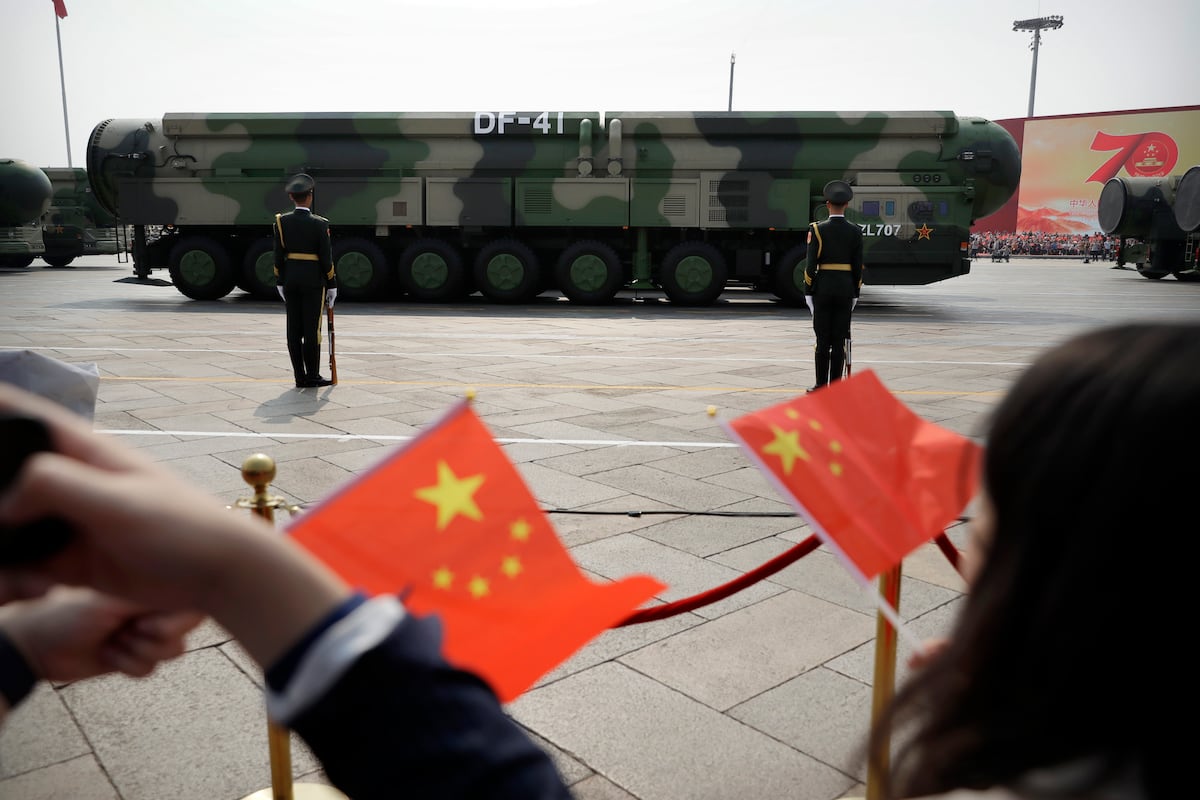NATO Engages Russian Drones over Polish Airspace
On a significant day for NATO’s operations, alliance forces successfully intercepted three Russian drones that illegally penetrated Polish airspace. This incident marks a historic first, as NATO’s aircraft engaged perceived threats within the airspace of a member state.
Incident Overview
According to a senior Army official, the incident occurred early Wednesday, with reports indicating that an additional eight Russian drones crashed upon entering Poland without inflicting any injuries from debris. The response to this incursion showcased NATO’s commitment to collective defense.
Multi-Layered Strategic Response
The violation prompted a comprehensive response from NATO allies:
- Alertness of Defense Systems: German Patriot missile systems stationed in Poland were placed on high alert.
- Deployment of Air Assets: An Italian airborne early warning aircraft and an aerial refueling plane from the Multinational Multi-Role Tanker Transport (MRTT) fleet were deployed.
Poland’s Operational Command conveyed details via social media, emphasizing that drones described as “drone-type objects” were neutralized after “repeatedly violating” Polish airspace.
Context of NATO’s Enhanced Readiness
Poland, a key NATO ally, hosts a substantial contingent of U.S. forces. Following Russia’s unlawful annexation of Crimea in 2014, NATO bolstered its air policing missions in Poland, augmenting aircraft deployments to safeguard the integrity of its eastern flank.
- Regional Aircraft Deployments: In addition to operations in Poland, NATO has also stationed additional aircraft in the Baltic States, Bulgaria, and Romania to enhance regional security.
Increasing Regional Tensions
This development occurs against a backdrop of escalating hostilities. Just days prior, Russia conducted its most extensive aerial assault on Ukraine since commencing its invasion in February 2022. This attack involved the deployment of over 800 drones and decoys, resulting in casualties, including the death of a mother and her infant, as well as damage to governmental structures.
The recent events serve as a stark reminder of the ongoing volatility in the region and the necessity for NATO’s continued vigilance and operational readiness in the face of emerging threats.





